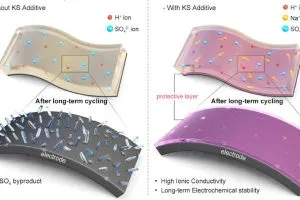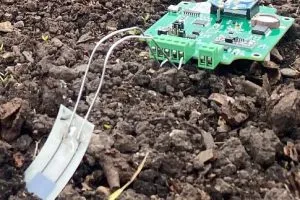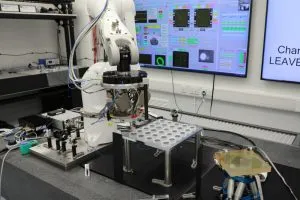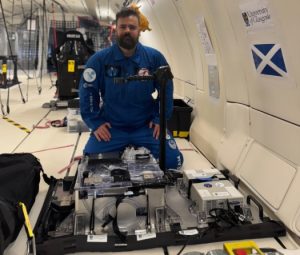
Dr Gilles Bailet, of the university’s James Watt School of Engineering, has been awarded a patent for a new system which overcomes the challenges of 3D printing in such an environment.
A number of applications are in prospect with such a “space factory”, it suggests. For example, manufacturing solar reflectors to generate zero-carbon power for transmission back to Earth. Or perhaps drug research stations that can create specialised pharmaceuticals.
Filaments
Instead of the filaments used in earthbound 3D printers, it uses a granular material suitable for microgravity and space. Its properties allow it to arrive reliably from the prototype’s feedstock tank, says the university. And also deliver to the printer’s nozzle faster than any other method.
“The filaments in conventional 3D printers often break or jam in microgravity and in vacuum, which is a problem that needs to be solved before they can be reliably used in space,” Dr Bailet explained.
“Through this research, we now have technology that brings us much closer to being able to do that, providing positive impacts for the whole world in the years to come.”
Dr Bailet and his colleagues are also exploring methods of embedding electronics into the materials as part of the printing process, opening up the possibility of creating functional components for use in devices created in space as well as recyclable space systems.
“Currently, everything that goes into Earth’s orbit is built on the surface and sent into space on rockets, he said. “They have tightly limited mass and volumes and can shake themselves to pieces during launch when mechanical constraints are breached, destroying expensive cargo in the process.”
“If instead we could place fabricators in space to build structures on demand, we would be freed from those payload restrictions. In turn, that could pave the way to creating much more ambitious, less resource-intensive projects, with systems actually optimised for their mission and not for the constraints of rocket launches.”
Vomit Comet
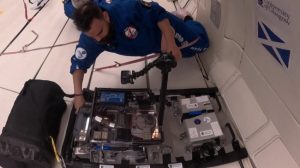 His technology was recently tested during a series of trips on a research aeroplane known as the ‘vomit comet’ (right).
His technology was recently tested during a series of trips on a research aeroplane known as the ‘vomit comet’ (right).
A prototype demonstrator worked in microgravity in November last year. This was as part the 85th European Space Agency parabolic flight campaign. It was in collaboration with Novespace in Bordeaux, France.
The team took advantage of each 22-second period of weightlessness in the plane. They were monitoring the prototype’s dynamics and power consumption, with the system working as designed.
EPSRC
The project gets support by funding from the University of Glasgow’s Glasgow Knowledge Exchange Fund. And the EPSRC Impact Acceleration Account.
Space factory
The university’s NextSpace Testrig project also gets support from £255,000 of funding by the UK Space Agency. This is under the Enabling Technology Program 3.
It is concerned with: “Additive manufacturing material and process testing in a simulated space environment.”
Images: University of Glasgow
See also: Glasgow University team win satellite design competition
 Electronics Weekly
Electronics Weekly
